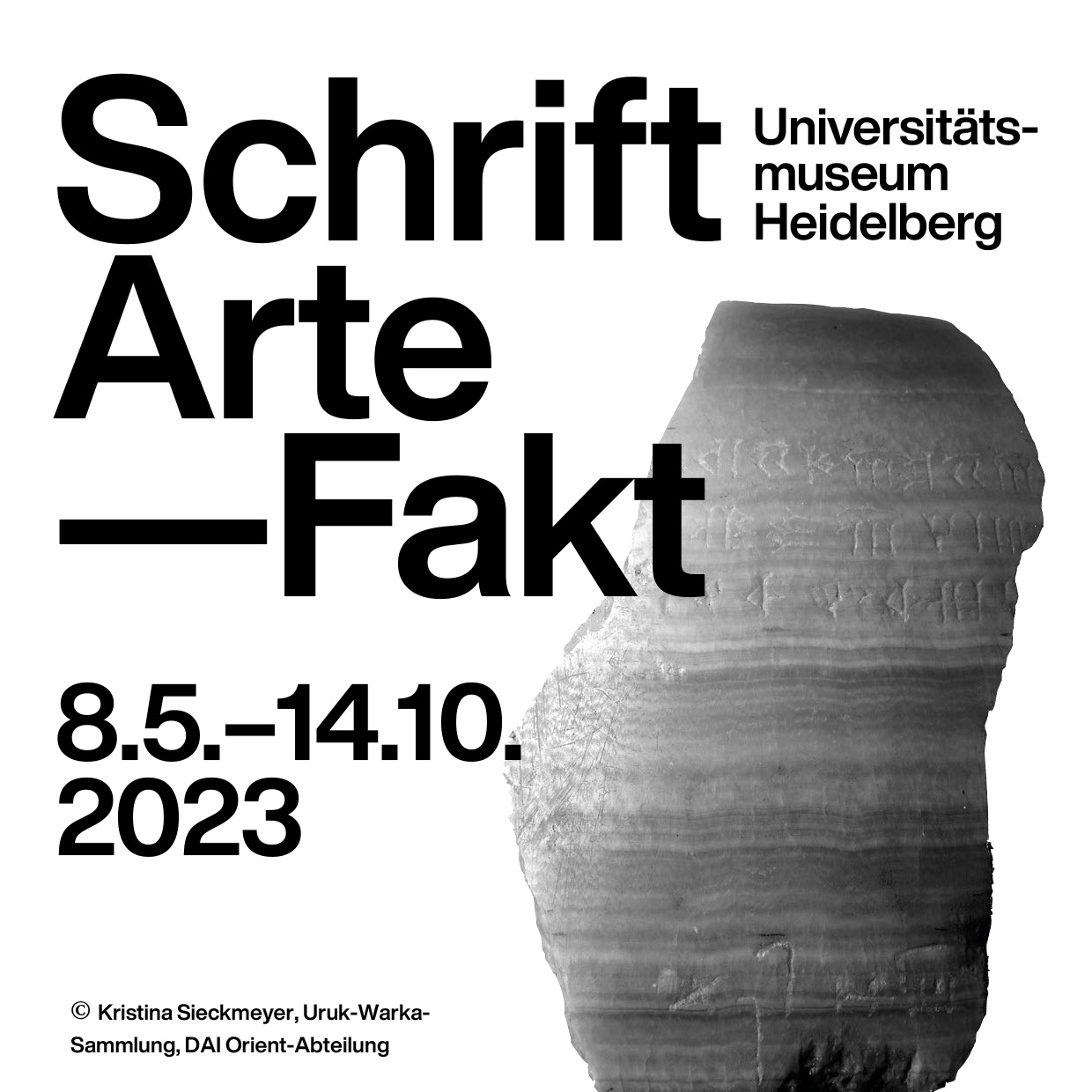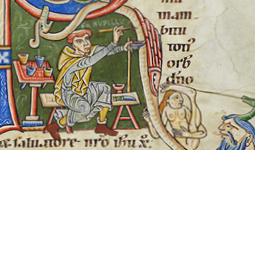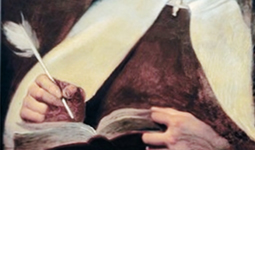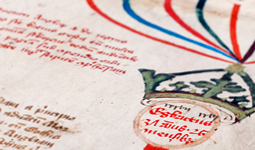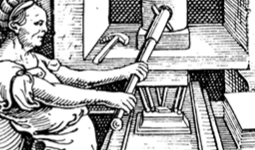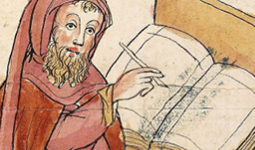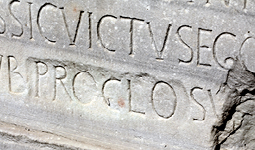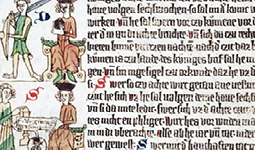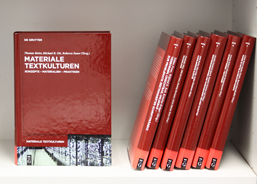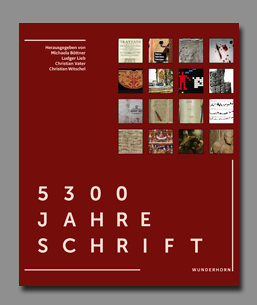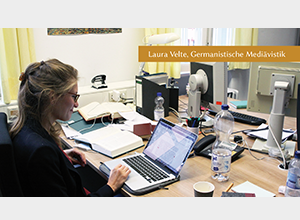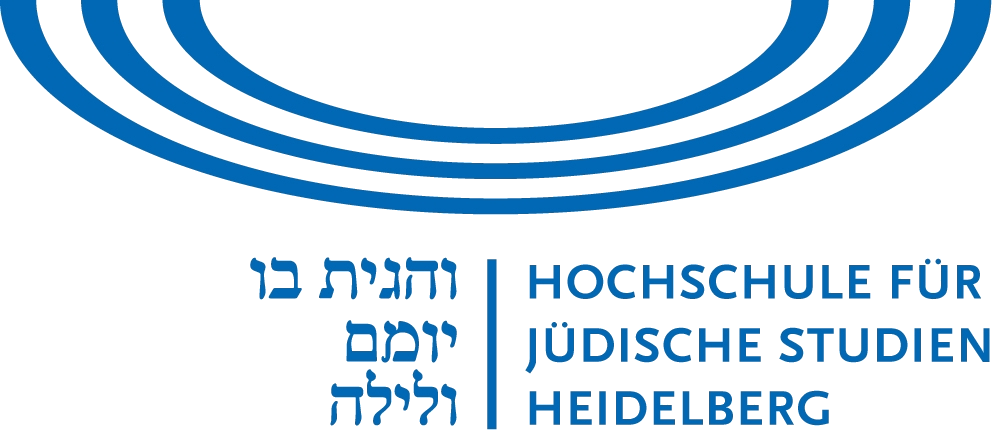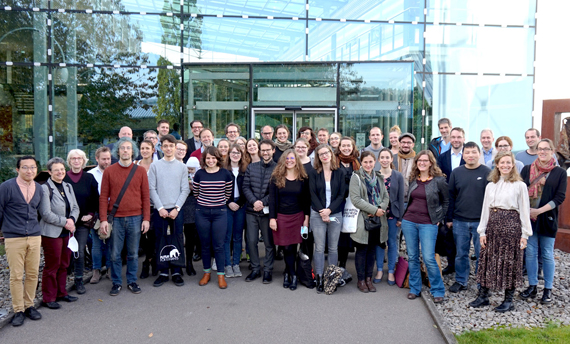 Welcome on the Websites of the Collaborative Research Cluster 'Material Textcultures' (933) of the German Research Foudation. Read more about our Goals and central Ideas
Welcome on the Websites of the Collaborative Research Cluster 'Material Textcultures' (933) of the German Research Foudation. Read more about our Goals and central Ideas
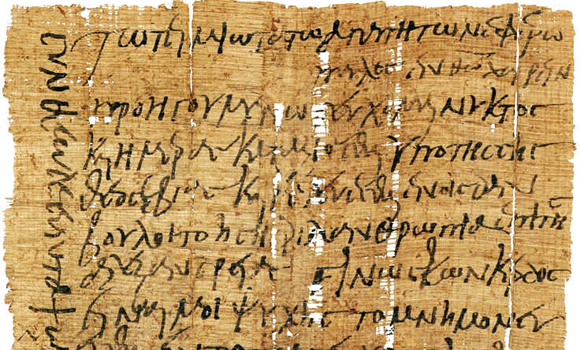 © Institut für Papyrologie, Universität Heidelberg
© Institut für Papyrologie, Universität Heidelberg
A02 - Antique Letters as a Means of Communication (Papyrology)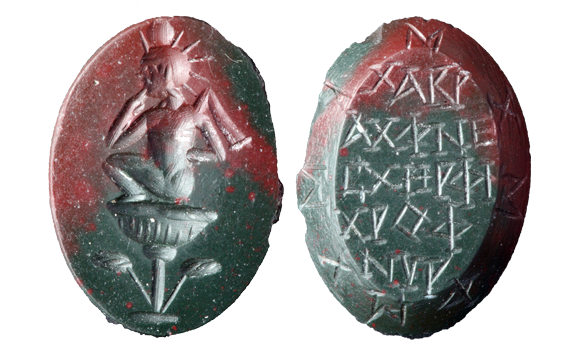
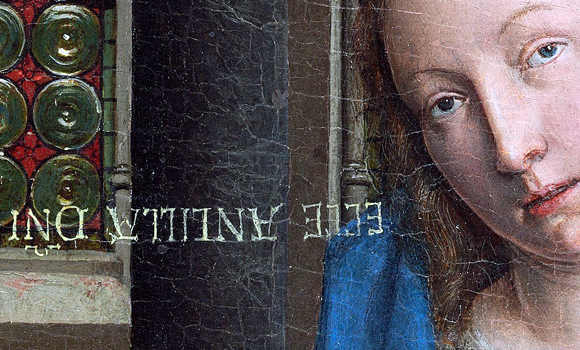
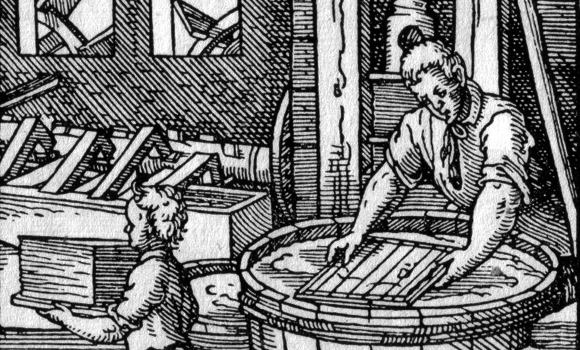
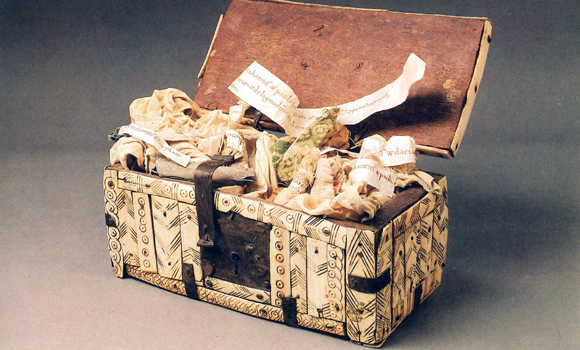
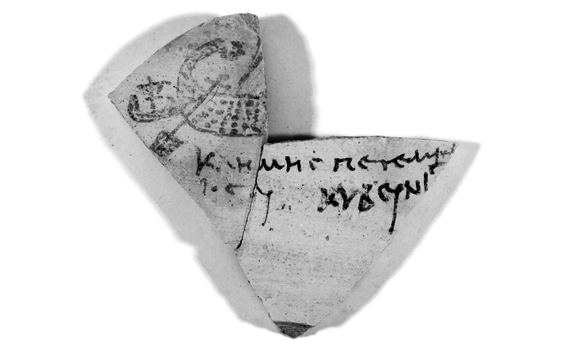

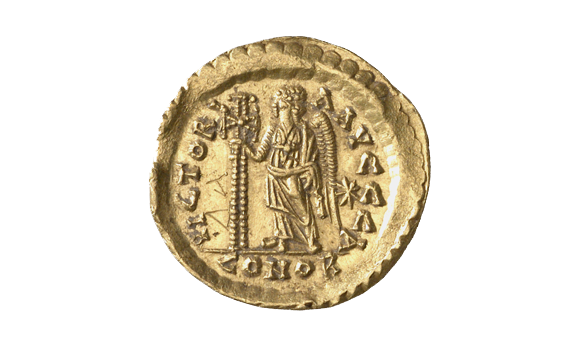


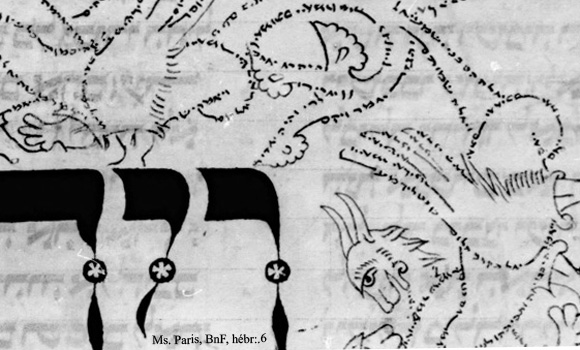 Detail of Ketuvim, Ms. Paris, BnF, hébr. 6 © Bibliothèque nationale de France
Detail of Ketuvim, Ms. Paris, BnF, hébr. 6 © Bibliothèque nationale de France
B04 - Scholarly Knowledge, Drollery or Esotericism? The Masora of the Hebrew Bible in its Various Material Properties (Bible and Jewish Biblical Interpretation (HfJS))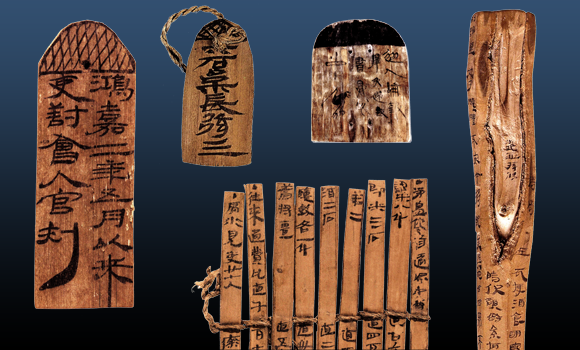
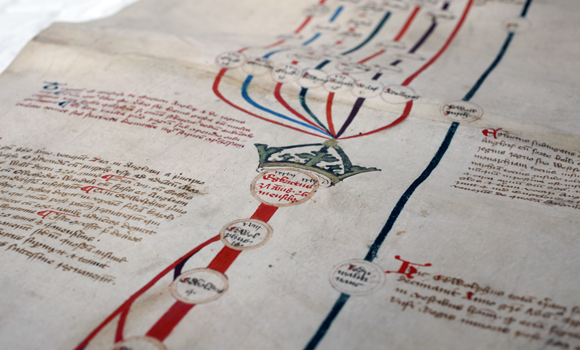

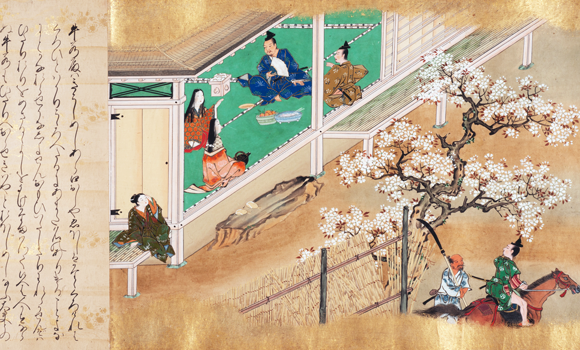

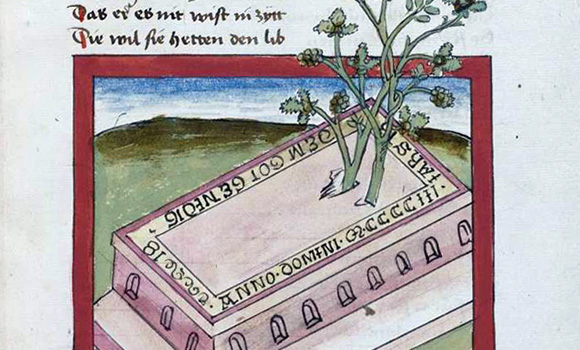
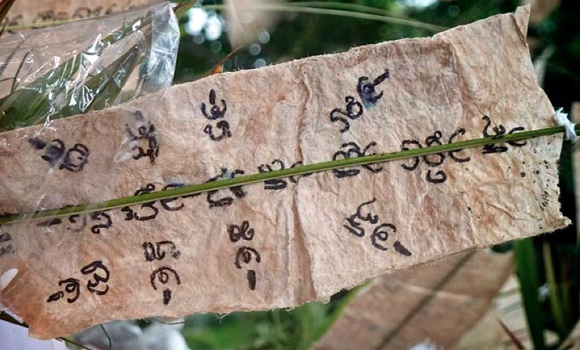

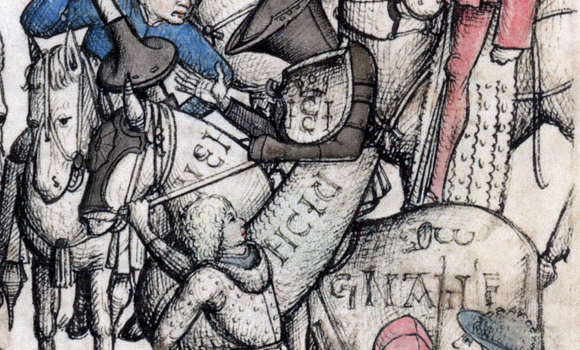
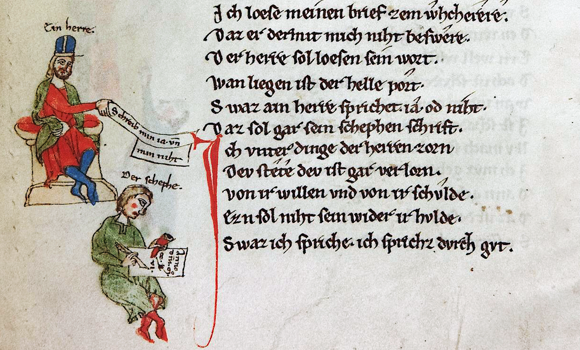

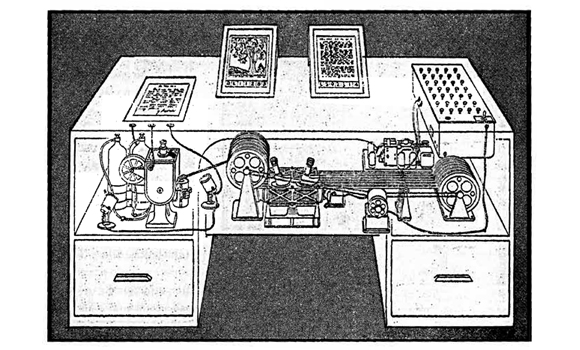
End of the Collaborative Research Center
"Material Text Cultures"
After twelve years of funding by the German Research Foundation (DFG), the Collaborative Research Center "Material Text Cultures" ended its work at the end of June 2023.
Over 160 researchers from many humanities disciplines of Heidelberg University and the Heidelberg University of Jewish Studies have been studying texts and inscriptions found on premodern artefacts, i.e. human-made objects. In particular, they focused on the materiality and presence of inscriptions and manuscripts as well as the practices that were conducted on them.
In the volume "Theory and Systematics of Material Text Culture", open accessible at De Gruyter publishing, the CRC researchers present a synthesis of their work in 35 theses.
Closing event of the
Collaborative Research Center Material Text Cultures
An era of research on writing artifacts is coming to an end. On June 30, 2023, the SFB 933 Material Text Cultures will close its doors. In its final exhibition SchriftArteFakt, the SFB will present thirty objects that exemplify questions on which the scientists of the research network have worked together for twelve years. The exhibition will be on display at the University Museum until October 14, 2023.
News
To make objects speak – Inscriptions as both things and texts
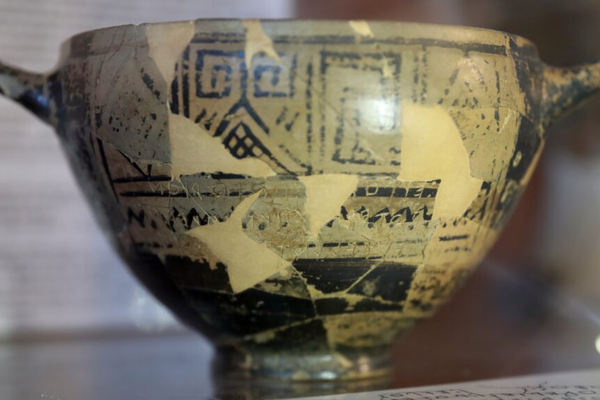 After the Bronze Age collapse of circa 1200 BCE, Greeks forgot how to write. Linear B texts – syllabic script used for writing in Mycenaean Greek – disappeared. Greeks did not learn how to write again until perhaps the eighth century BCE, when, at various places in the Greek world, semitic letters were adopted and adapted to Greek language. The rest, as they say, is history: the Greeks developed or expanded many of the writing genres that are still with us today, from tragedies and comedies to history writing to philosophy. But we do not have evidence for these genres until a couple centuries after writing re-emerged in Greece. So why were these early Greek writing systems initially developed? What did Greeks get from writing? These questions were addressed in a lecture given by Professor James Whitley of Cardiff University in Heidelberg on January 18. Please read the full article by Anna Sitz here.
After the Bronze Age collapse of circa 1200 BCE, Greeks forgot how to write. Linear B texts – syllabic script used for writing in Mycenaean Greek – disappeared. Greeks did not learn how to write again until perhaps the eighth century BCE, when, at various places in the Greek world, semitic letters were adopted and adapted to Greek language. The rest, as they say, is history: the Greeks developed or expanded many of the writing genres that are still with us today, from tragedies and comedies to history writing to philosophy. But we do not have evidence for these genres until a couple centuries after writing re-emerged in Greece. So why were these early Greek writing systems initially developed? What did Greeks get from writing? These questions were addressed in a lecture given by Professor James Whitley of Cardiff University in Heidelberg on January 18. Please read the full article by Anna Sitz here.
Tattoo photo competition - winners have been selected
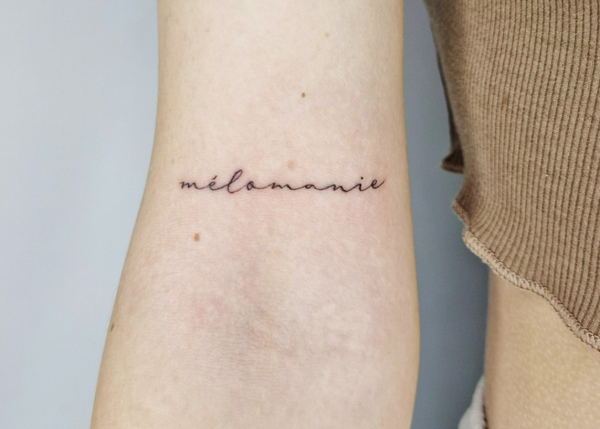 Die The winners of the university-wide photo competition "Your own tattoo as an exhibition object" have been determined. In October, the subproject Ö „Schrifttragende Artefakte in Neuen Medien“ of the CRC 933 had been looking for members of the university with a tattoo that consists of or contains characters. They were invited to submit a photo of their tattoo. Photos and background information on the winning tattoos can be viewed here on the CRC-Blog (in German).
Die The winners of the university-wide photo competition "Your own tattoo as an exhibition object" have been determined. In October, the subproject Ö „Schrifttragende Artefakte in Neuen Medien“ of the CRC 933 had been looking for members of the university with a tattoo that consists of or contains characters. They were invited to submit a photo of their tattoo. Photos and background information on the winning tattoos can be viewed here on the CRC-Blog (in German).
Image, Text, Stone – CRC publishes 36th volume in MTK-series
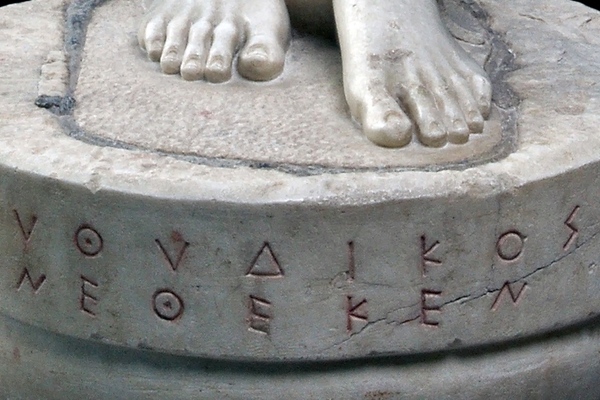 The intermediality of image and text in Greco-Roman sculpture is the subject of a new volume published in the CRC's "Material Text Cultures" series. Editors of the English-language anthology, titled "Image, Text, Stone – Intermedial Perspectives on Graeco-Roman Sculpture," are Prof. Dr. Nikolaus Dietrich and Dr. Johannes Fouquet, who conduct research in subproject A10 "Text and Image in Greek Sculpture". Their work bridges the traditional gap between archaeologists, epigraphists, and philologists, who have long studied statues, material inscriptions, and literary epigrams within the closely confined borders of their individual disciplines.
The intermediality of image and text in Greco-Roman sculpture is the subject of a new volume published in the CRC's "Material Text Cultures" series. Editors of the English-language anthology, titled "Image, Text, Stone – Intermedial Perspectives on Graeco-Roman Sculpture," are Prof. Dr. Nikolaus Dietrich and Dr. Johannes Fouquet, who conduct research in subproject A10 "Text and Image in Greek Sculpture". Their work bridges the traditional gap between archaeologists, epigraphists, and philologists, who have long studied statues, material inscriptions, and literary epigrams within the closely confined borders of their individual disciplines.
PUBLICATION OF SECOND VOLUME IN KEMTE SERIES
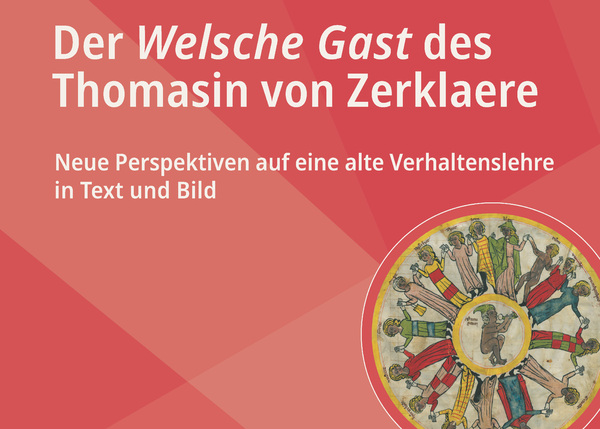 The second volume of the KEMTE-Series (Kulturelles Erbe: Materialität – Text – Edition / Cultural Heritage: Materiality – Text – Edition) has been published by Heidelberg University Publishing. Edited by Christian Schneider (University of Osnabrück), Peter Schmidt (University of Hamburg), Jakub Šimek (Heidelberg University Library), and Lisa Horstmann (Darmstadt University of Technology), it is entitled „Der ‚Welsche Gast‘ des Thomasin von Zerklaere: Neue Perspektiven auf eine alte Verhaltenslehre in Text und Bild“ ("The 'Welsche Gast' of Thomasin von Zerklaere: New Perspectives on an Ancient Theory of Behavior in Text and Image"). From 2011 to 2019, the editors managed and edited the project Welscher Gast digital as part of subproject B06 at the SFB. This volume brings together studies from art, literature, and musicology on the sources, didactic conception, pictorial transmission, and reception of Thomasin's work. The volume is available
here.
The second volume of the KEMTE-Series (Kulturelles Erbe: Materialität – Text – Edition / Cultural Heritage: Materiality – Text – Edition) has been published by Heidelberg University Publishing. Edited by Christian Schneider (University of Osnabrück), Peter Schmidt (University of Hamburg), Jakub Šimek (Heidelberg University Library), and Lisa Horstmann (Darmstadt University of Technology), it is entitled „Der ‚Welsche Gast‘ des Thomasin von Zerklaere: Neue Perspektiven auf eine alte Verhaltenslehre in Text und Bild“ ("The 'Welsche Gast' of Thomasin von Zerklaere: New Perspectives on an Ancient Theory of Behavior in Text and Image"). From 2011 to 2019, the editors managed and edited the project Welscher Gast digital as part of subproject B06 at the SFB. This volume brings together studies from art, literature, and musicology on the sources, didactic conception, pictorial transmission, and reception of Thomasin's work. The volume is available
here.
Filling Blind Spots - An Interview with Valerie Garver
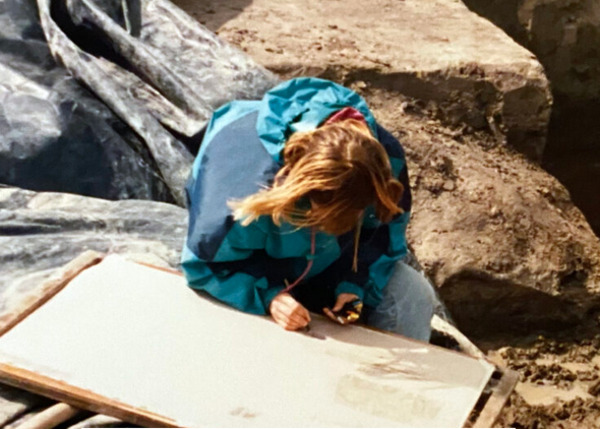 It was a proseminar on the Middle Ages that tipped the scales. Fascinated by the stories about the "dark epoch," the young student asked her professor, "What do I have to do to enter your profession?" "First, learn Latin," was the answer. "Then you can come back." Today, Valerie Garver researches and teaches at Northern Illinois University on the early medieval period, focusing particularly on issues related to the history of women, gender, childhood, and family, as well as historical and interdisciplinary studies of material culture. In the winter semester 2021/2022, she spent several months as a visiting scholar at the CRC "Material Text Cultures". Please find the interview with Valerie Garver here (in German).
It was a proseminar on the Middle Ages that tipped the scales. Fascinated by the stories about the "dark epoch," the young student asked her professor, "What do I have to do to enter your profession?" "First, learn Latin," was the answer. "Then you can come back." Today, Valerie Garver researches and teaches at Northern Illinois University on the early medieval period, focusing particularly on issues related to the history of women, gender, childhood, and family, as well as historical and interdisciplinary studies of material culture. In the winter semester 2021/2022, she spent several months as a visiting scholar at the CRC "Material Text Cultures". Please find the interview with Valerie Garver here (in German).
The Materiality of Rulership and Administration
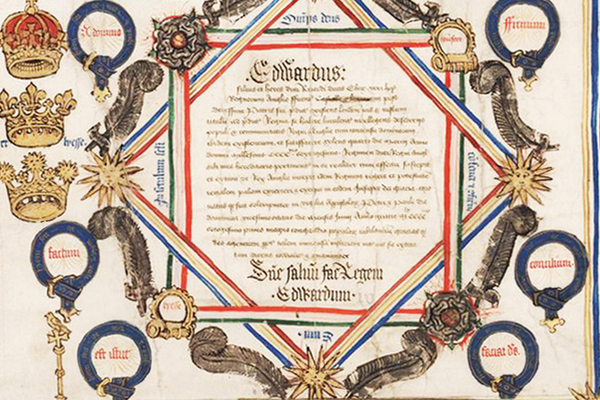 At the end of March, subprojects B09 (Bamboo and Wood as Writing Materials in Early China) and B10 (Rolls for the King) welcomed researchers – albeit virtually – to a two-day workshop: Keeping Record: The Materiality of Rulership and Administration in the Pre-Modern World (24–25 March 2022). Please click here for the workshop report by Abby Armstrong.
At the end of March, subprojects B09 (Bamboo and Wood as Writing Materials in Early China) and B10 (Rolls for the King) welcomed researchers – albeit virtually – to a two-day workshop: Keeping Record: The Materiality of Rulership and Administration in the Pre-Modern World (24–25 March 2022). Please click here for the workshop report by Abby Armstrong.
Thematic Fields
The CRC 933 organized its interdisciplinary work across subproject boundaries in seven thematic fields. The aim was to deepen cross-cultural and cross-temporal comparative research (in thematic fields 1 to 3) and to further develop the foundations of a theory of material text cultures and their methods (in thematic fields 4 to 7). The synthesis of the comparative studies and the methodological-theoretical groundwork has been published in the volume "Theory and Systematics of Material Text Culture" (open accessible at de Gruyter publishing).
CRC Blog
Goals & Central Ideas
The Collaborative Research Centre 933 (CRC 933) examines script-bearing artefacts: pillars, steles, portals, tombstones, potsherds, amulets, scrolls, papyri, parchment codices; to name only a few. The researchers involved investigate a lot of questions: How and under which circumstances were these artefacts produced? In which spacial arrangements were they located? Who had access to them? How and in which contexts were they used? Continue reading
Publications
MTK-Series' "Materiale Textkulturen"
The MTK-Series Material Text Cultures is the Collaborative Research Centre's publication organ. We publish collected volumes and monographs that focus on the CRC's main research questions, meaning the materiality and presence of writing in non-typographic societies. All volumes are open access and can be found here.
5300 Jahre Schrift
In 50 articles, the volume "5300 Jahre Schrift" published by das Wunderhorn presents 50 written artifacts, which are as diverse as their origins and their writers and readers – including Mesopotamian tax lists in cuneiform script, Roman temple inscriptions, ancient Egyptian books of the dead or even street art and hypertext. More information
Arbeitsplatz Wissenschaft

